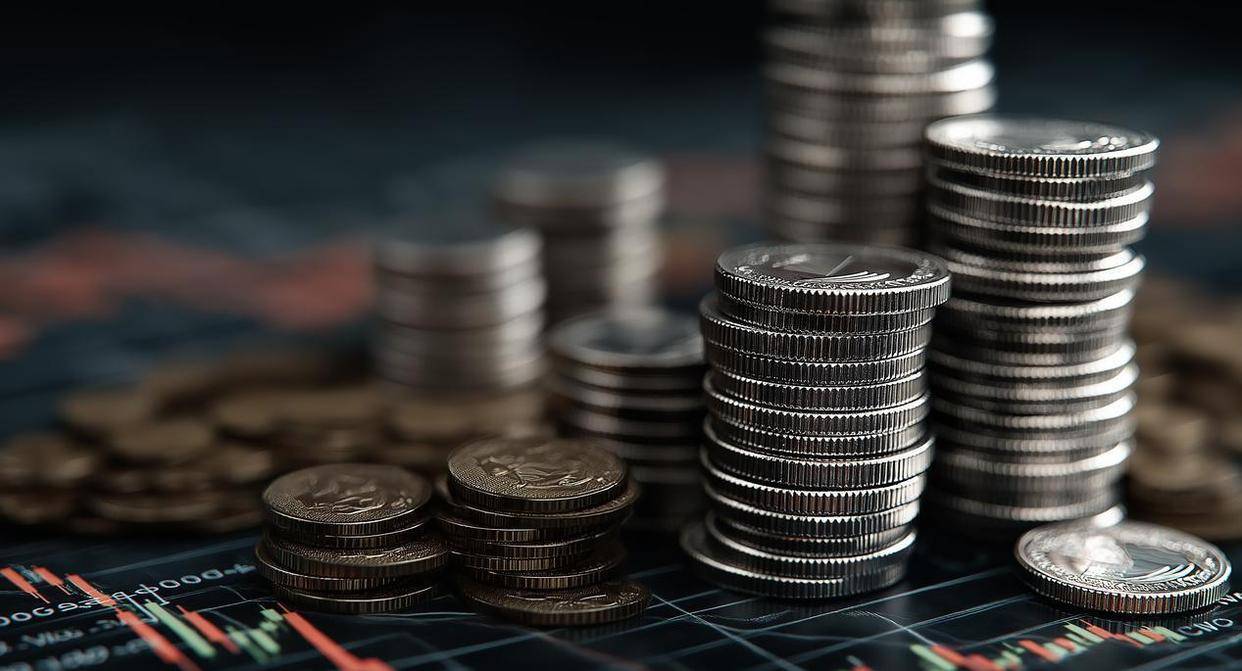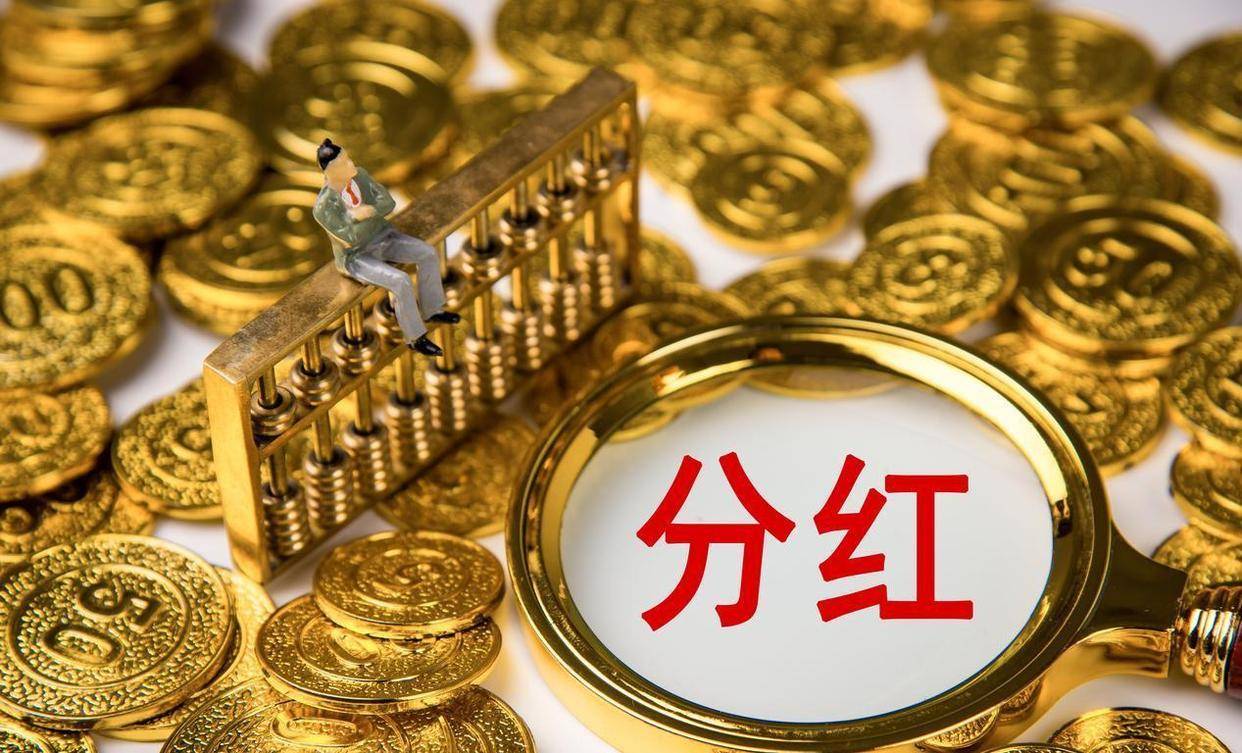A Day in the Life of Chinese Stocks
The air crackled with anticipation. In the hushed quiet of a Hangzhou laboratory, a robotic arm meticulously assembled the thousandth car-mounted camera, its current meter needle resting serenely within the 12.5V green safety zone. Three kilometers away, the tense silence in a HaiKang Vision conference room was finally broken. The Hangzhou subsidiary’s 90s-born general manager, interrupting the lawyer's third explanation of joint liability, declared, “Our automotive electronics business is up 44.8% this year.” The damp-stained guarantee contract lay on the table, a testament to a decision that had initially caused the financial director considerable anxiety. Flipping through the latest financial reports, however, the 3.24% net asset ratio of the total guarantee amount, along with the 20% growth in the robotics sector from last year, eased her concerns. The rhythmic chirping of cicadas outside the window suddenly sounded almost melodic, especially after pulling the Q1 net profit back to a positive 6.41%.
The news wasn’t as soothing elsewhere. At Northern Huachuan, 19 resignation notices sat fresh in the personnel files, their impact magnified by the simultaneous expiration of 174,750 stock options. The mouse clicks, once the rhythmic accompaniment to growth, now sounded like a death knell. Supervisor Zhou muttered over the cancellation list: \"Three underperformers, and one was a Tsinghua University graduate.\" A newly hired college graduate, staring at a pop-up notification on their computer screen, silently revised their year-end car purchase plan to “three more years of grinding.”

The tension was palpable in the Hehua Shares conference room. The CFO’s hand tapped unconsciously on the table as he presented the 5 million yuan transfer certificate to the Ningbo fund partner. This sum—45.45% of the fund's total assets, surpassing the company's annual R&D budget—hung heavy in the air.
Meanwhile, the online stock forum for Wuliangye exploded in the pre-dawn hours. One user boasted a screenshot of last year's dividend payment—13.7 yuan per share—with a picture of a Maotai Town distillery captioned, \"I told you all to hold tight!\" Their jubilation contrasted sharply with the懊恼 rage of Ms. Chen, who had recently sold her shares. She slammed her fist on the table upon seeing the 1.23 billion yuan dividend announcement, lamenting, \"If I'd known about their ten-year streak of unwavering dividends, I'd never have sold!\" The company's account had just processed the 22.3 billion yuan annual dividend payment, an unmatched sum in the liquor industry.
Old Wang, a retiree, was equally stunned. He stared, dumbfounded, at the Wuliangye dividend notification on his stock account: 31.69 yuan per 10 shares, effectively a bonus of over 3 yuan per share. A quick calculation revealed that his 5,000 shares would yield 15,845 yuan—the equivalent of three months' retirement pay. The sheer scale of Wuliangye's dividend payment – 1.23 billion yuan, enough cash to build a 70-story building – left him speechless.
The phones at SanYangMa Logistics’ investor relations office were ringing off the hook. The company, with a net profit of only 8.59 million yuan last year, had just announced a 20 million yuan investment in the smart car sector—two and a half years’ worth of profit poured into a venture capital fund called \"驭光之川.\" Investor Zhang's enraged voice crackled over the phone: \"You're in logistics; what makes you think you're suddenly qualified to play in the high-tech arena? Did you even ask your minority shareholders?\" Meanwhile, the trader, Xiao Li, stared at the 5,798 times price-to-earnings ratio, breaking into a cold sweat. \"This number,\" he muttered, \"is even more unbelievable than my hometown's housing prices.\"

A keen-eyed internet user unearthed a connection between SanYangMa's investment and a company named BingLing Technology, specializing in automotive-grade current sensors that aim to break foreign monopolies. Dozens of analysis posts flooded the forum: Was this logistics company secretly planning a move into automotive parts? The answer was being loaded onto a ship: workers in the Chongqing factory were finishing up loading the last batch of Chang'an car rims into containers, the SanYangMa Logistics logo gleaming under the relentless sun.

"




